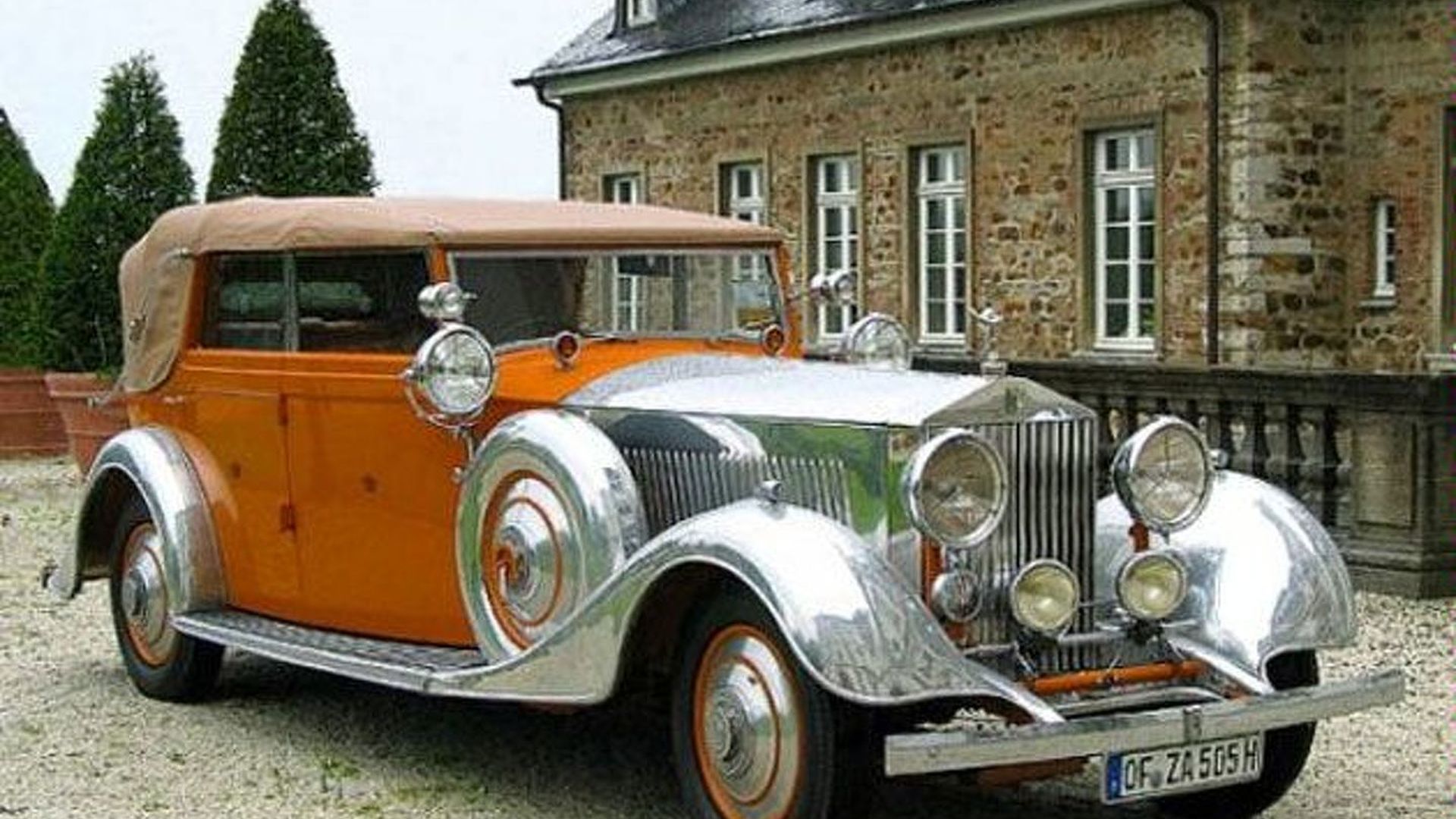
The Phantom II used a refinement of the New Phantom's 7.7 L (7,668 cc or 467.9 cu in) pushrod-OHV straight-6 engine with a new crossflow cylinder head. Unlike on previous 40/50 hp models, the engine was bolted directly to the 4-speed manual transmission. Synchromesh was added on gears 3 and 4 in 1932 and on gear 2 in 1935. Power was transmitted to the rear wheels using an open driveshaft, a hypoid bevel final drive, and Hotchkiss drive, replacing the torque tube from a remotely mounted gearbox used on earlier 40/50 hp models.
The standard wheelbase of the Phantom II was 150 inches (3,800 mm). A 144 inches (3,700 mm) short-wheelbase chassis was also available.
A total of 1,681 Phantom II chassis of all types were built.
His Highness Dharmendrasinhji Lakhajiraj, the Thakore Sahib (Lord) of Rajkot, decided to replace his 20-year-old Rolls-Royce with a new one – not just any Rolls-Royce, but one that has become renowned as the “Star of India,” named for the famous 563-carat star sapphire.
Rolls-Royce Phantom II with All-Weather Cabriolet coachwork by Thrupp & Maberly for the Maharajah of Rajkot, Chassis #188PY (1934) - known as the "Star of India".


















